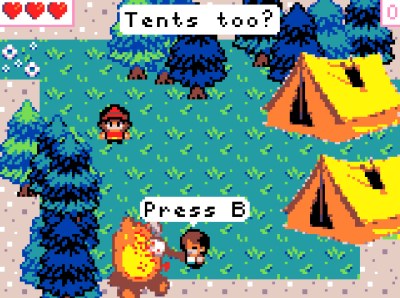Once [Lambert the Maker] saw the Arduboy, he knew the thing was ripe for remixing into a business card with an 8×8 LED matrix instead of an OLED screen. [Lambert] already has a PCB business card for work, but it looks like it doesn’t do anything. So this Snake-playing card is for their personal information.
The brains of this operation is an STM32F0, which required a bit of finesse when it came to programming the LEDs. According to the datasheet, the max current through a given GPIO pin is 30 mA. The LEDs are running at 20 mA through the limiting resistor, so the code only turns on one LED at a time and makes sure the previous one is off first. The whole screen is updated every 125 ms, and persistence of vision takes care of making the animation look right.
In the short videos after the break, you’ll see a preview followed by brief videos on versions one and two. The prototype was built in 2020, when the board house only offered green PCBs with their assembly service. Fast forward to 2024, when the board house is now offering colors other than green.
Version two is actually thinner than a credit card, and features tiny buttons instead of cap-sense pads for input. [Lambert] also added a floating ADC pin that acts as a random number generator, placing the apple in a new location every time the game is powered on.
Continue reading “2024 Business Card Challenge: Snakes On A Business Card”





![The Maglev in the Apple II port of Riven. (Credit: [deater])](https://hackaday.com/wp-content/uploads/2024/05/riven_screen_maglev.png?w=400)














